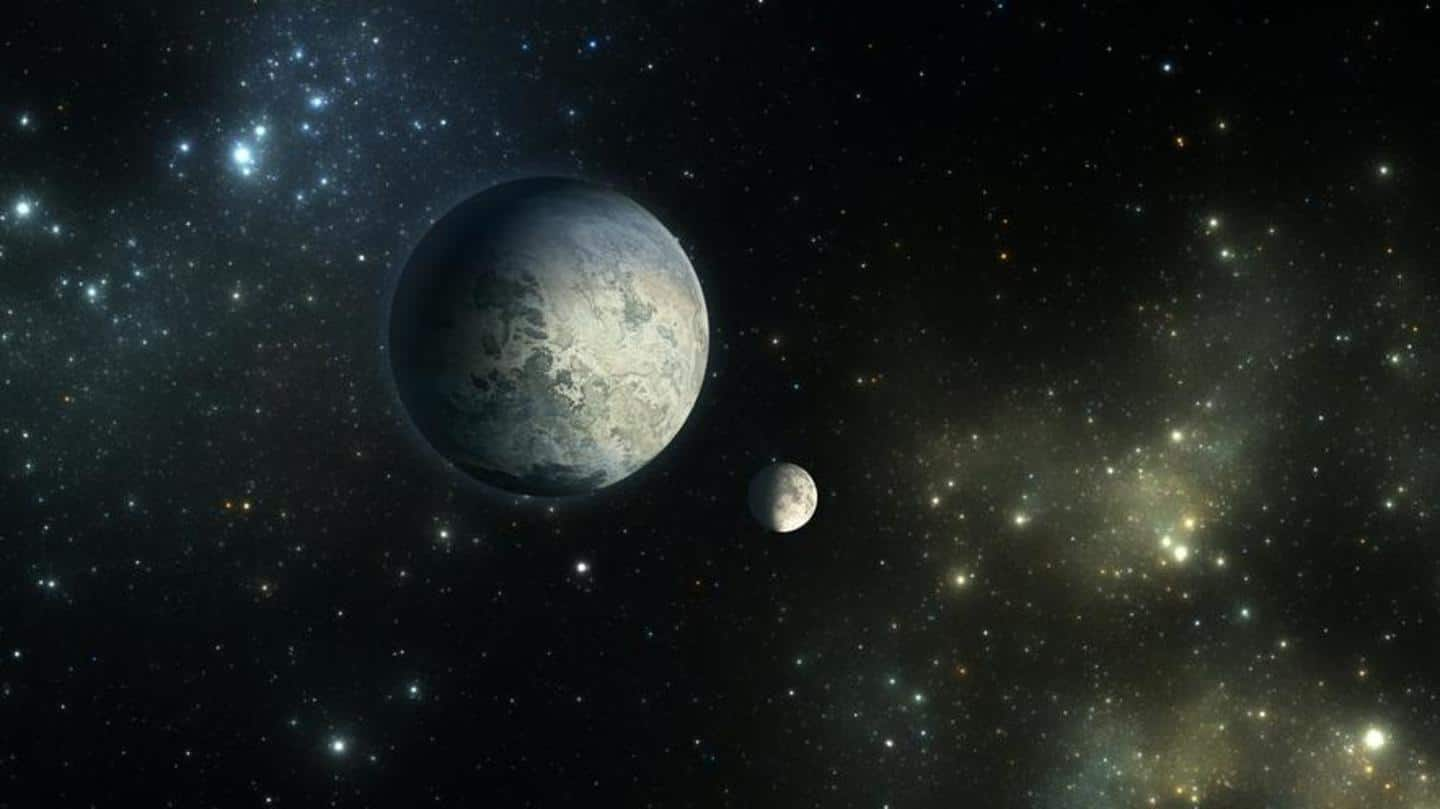
An AI just found 50 new planets: Here's how
What's the story
In a major development, an AI algorithm has discovered as many as 50 new planets. The bodies, broadly called exoplanets, are located outside our Solar System, meaning well beyond our current reach, but their discovery marks a major push for the use of machine learning in the field of astronomy. Here is all you need to know about it.
Discovery
Finding made through data from Kepler space telescope
Developed by researchers at Warwick University, the algorithm found the planets by sifting through the data collected by NASA's now-retired Kepler space telescope. The observatory, during its decade-long mission, had gathered information on thousands of potential exoplanets by capturing a distinctive dip in the light from distant stars. It worked on the assumption that a planet's passage might be causing the light to decline.
Confirmation
Kepler's data requires to be confirmed
As the dip in stellar light could also be caused by other factors, astronomers have to analyze the data collected by Kepler and other similar telescopes to confirm the existence of a potential planet. In this case, however, the machine learning algorithm from Warwick did that job; it scoured through Kepler's data and quickly identified the 50 real planets in the batch of "false-positives".
Working
How the algorithm found the planets?
To get the planet-detection system ready, the researchers trained the algorithm on two large samples of confirmed planets and false positives from Kepler. Using that information, it learned patterns to distinguish between real and fake planets and managed to find the actual batch of 50 - when put to test on a dataset of still unconfirmed planetary candidates from Kepler.
Information
Size ranging between Neptune and Earth
The 50 planets confirmed by the AI range between Neptune to smaller than Earth in size and have orbits as long as 200 days to as little as a single day.
Milestone
"A first in astronomy"
Notably, this is the first time a machine learning-based system has been used to validate a planet, without human involvement. "Rather than saying which candidates are more likely to be planets, we can say what the precise statistical likelihood is," Warwick University's Dr. David Armstrong said. "Where there's less than a 1% chance of a candidate being a false-positive, it is considered validated planet."
Advantage
Eventually, this can simplify our search for habitable worlds
With this tech and its rapid, automated working capabilities, astronomers hope to validate thousands of potential exoplanets in the future. This can eventually help international space agencies prioritize which worlds to investigate further through dedicated telescopes, in the search for potentially habitable worlds that could have conditions similar to those on Earth. And, who knows - even alien life?